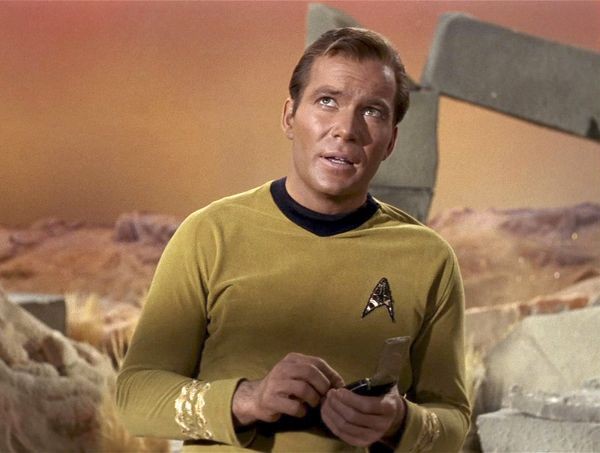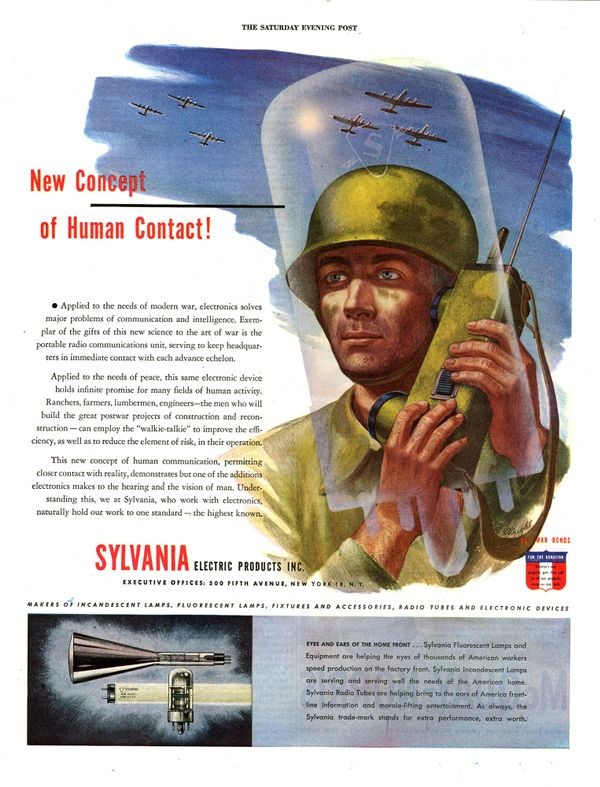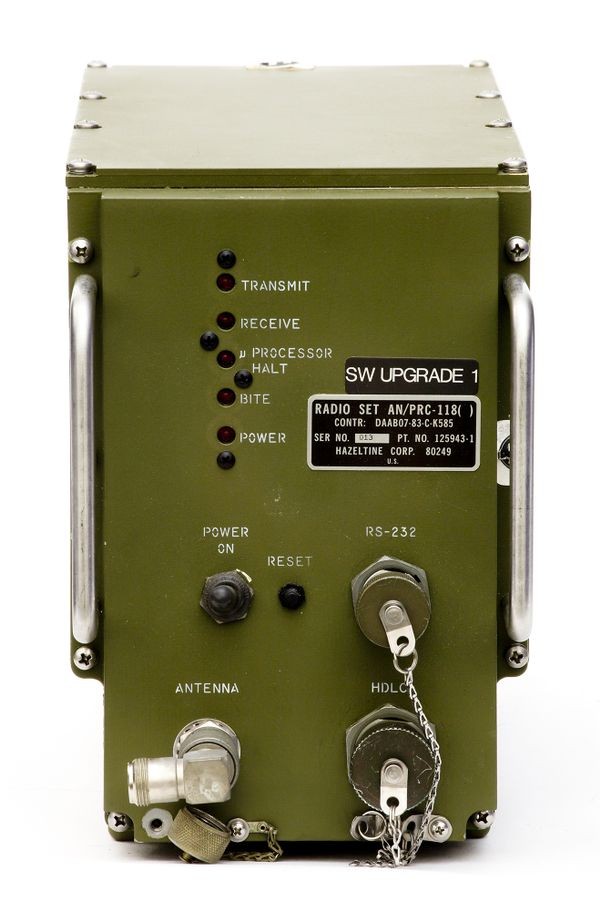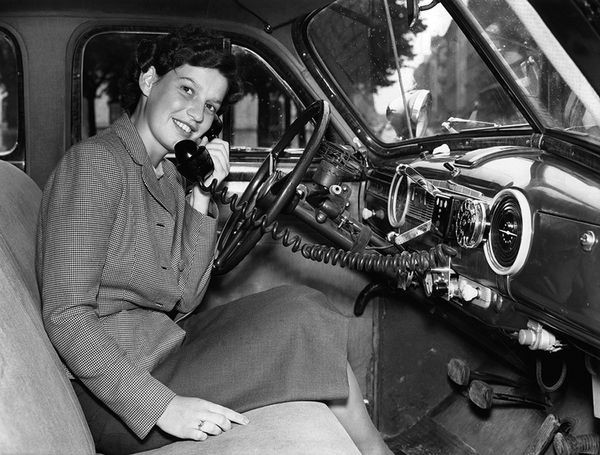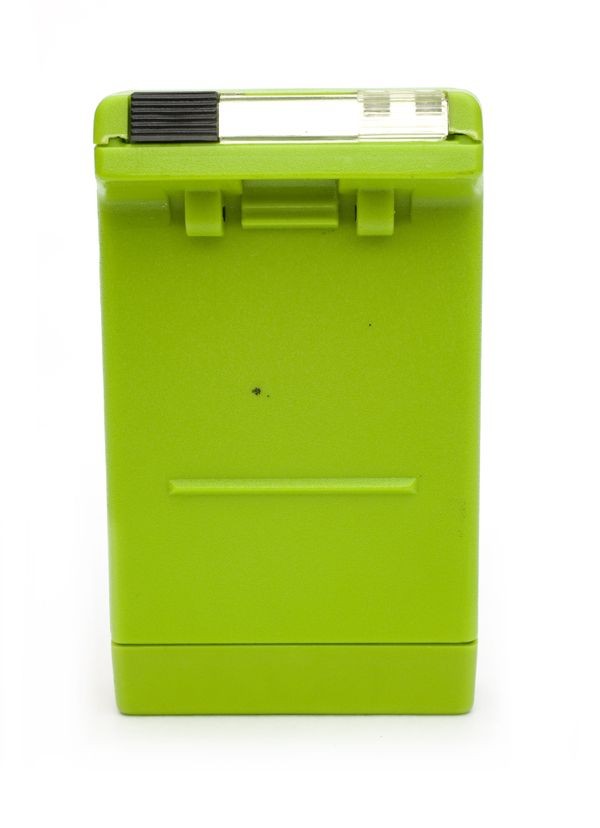Connected!
Wireless “Communicator” from “Star Trek”
Wireless handhelds have long been a science fiction staple.
Connected!
Making computers mobile was half the battle. Connecting them on-the-go was the other half.
Early mobile computers could only communicate over regular telephone lines using modems, like their desktop cousins.
When wireless networking arrived, it was a convenience for laptops, letting them move around homes or offices. But for handhelds, wireless was transformative: they merged with mobile phones to become the smartphone.
Titanic radio room
Mobile wireless communication was first used to break the isolation of being at sea. When the Titanic sank in 1912, this new technology saved 706 lives.
View Artifact DetailCutting the Cord: Roots of Mobile Networks
Mobile wireless communication began with shipboard radio in the 1910s. Soldiers in WWII used walkie-talkies and backpack phones.
Car phones and pagers came in the 1950s. Fully mobile cell phones arrived in the 1980s. But whether transmitting data or voice, the communications network was analog.
Researchers working on ARPAnet pioneered digital wireless networking for both data and voice in the 1970s. ALOHAnet, Packet Radio Network, and Satellite Net were packet-switched, meaning they broke streams of data into small chunks sent independently, like letters in a postal system.
Walkie Talkies: local connection
Long before mobile phones, simple walkie-talkies offered wireless communication over modest distances. First developed for the military, they quickly found civilian peacetime uses.
View Artifact DetailHazeltine portable packet radio
This mobile field radio for the military used ARPA’s pioneering packet radio network. Each unit created a new node that extended the network.
View Artifact DetailMobile telephony for the few
As early as the 1940s, telephone companies began to offer car phones to officials and wealthy customers. Essentially land-based versions of ship-to-shore radio, they could only support a few subscribers and coverage was very local.
View Artifact DetailMobile Networks For the Rest of Us
Early mobile phone networks were analog. They used traditional telephone circuit-switching, where there was a connection (circuit) between caller and recipient for the duration of the call. The connection seamlessly moved from cell to cell as the phone moved.
Mobile networks went digital in the 1990s, with competing standards like GSM in Europe and CDMA in the US. Voice was still circuit-switched, with packet-switched data services added later. In the 2000s, packet-switched “third generation” (3G) networks brought higher data speeds and made mobile web browsing practical.
Ericsson Ericall Pager
Pager networks started analog in the 1950s, moving to digital standards like Mobitex in the early 1980s. Swedish telecom giant Ericsson played a leading role in establishing Mobitex and the dominant GSM telephony standard.
View Artifact Detail